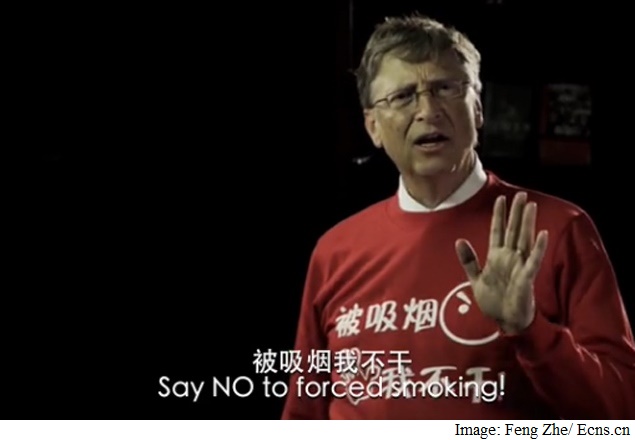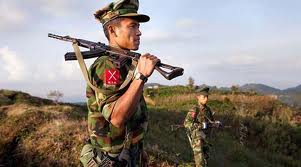Virunga National Park is the oldest national park in Africa and is also a UNESCO World Heritage Site. Located in the Democratic Republic of Congo (DRC), the park borders Uganda and Rwanda. Virunga is rich in wildlife and fauna, having over 706 bird, 196 mammal, and 2,000 plant species. Although… read more
Archives for 2015
Militarizing Conservation
In a move that demonstrates how real the ongoing poaching crisis is, Kenya burned 15 tons of ivory on World Wildlife Day. 20-25,000 elephants are being illegally killed each year across Africa. Increasingly, governments have attempted to stop poaching by increasing the militarization of their conservation efforts. Many countries employ… read more
Loopholes in China’s Domestic Ivory Market
At the end of February of this year, China announced a one-year moratorium on ivory imports, stating that it will not be issuing import permits during this time. This move did little to appease the international conservation movement, which is more concerned with China’s domestic ivory market and circumvention of… read more
How to Reach the Minds (and Hearts) of the Chinese Audience
In Cameron Lagrone’s January post, she argues that “for an awareness campaign to be truly effective [it] must operate in the language of the target country, appeal to the culture of that country and use culturally relevant methods to reach the public.” Inspired by her words, I decided to explore… read more
Boat-to-Plate: Tracing Your Fish Like Never Before
Two months ago, President Barack Obama announced an ambitious plan to combat illegal fishing that will monitor the industry like never before. Ocean advocates hope that these presidential recommendations will be the first step towards a sustained effort to combat illegal, unreported, and unregulated (IUU) fishing by the United States. The… read more
Traffic sucks! (this time I don’t mean the rush-hour kind)
Wildlife trafficking is (and almost always has been) a huge problem in the world. Wildlife trade is the legal sale/transfer of wildlife and wildlife products, but trafficking is illegal — it involves endangered species, banned practices, or unsustainable take of wildlife. TRAFFIC (Wildlife trade monitoring network) is an organization that… read more
‘Death to Poachers!’ and Why Animal-Lovers Rage
In my previous post, Shoot-to-Kill Policy: Injustice in the Name of Conservation, I argued that militaristic shoot-to-kill (S2K) policies are likely ineffective in curbing poaching in the long term. Worse yet, through the guise of wildlife conservation, regimes use S2K’s military ethos to justify arbitrary and excessive violence on human… read more
Namibia’s Community Wildlife Conservancies
Two of the biggest obstacles to effective conservation schemes in Southern Africa are the high rates of rural poverty and the lack of a system of laws providing property rights to vast sections of the population. Since the mid-1990s, the Namibian government has sought to incorporate into the conservation effort… read more
Internal Conflict and Wildlife Trafficking: Myanmar
Increases in Chinese demand for illegal wildlife products have caused intensified wildlife trafficking around the world. This trade has, in turn, led to government instability and increased crime in source countries. Unfortunately, many of these countries have governments unable, or unwilling, to stop illegal wildlife trafficking. Lack of state capacity, poor… read more
Shoot-to-Kill Policy: Injustice in the Name of Conservation
“Is it ever OK to defend a policy that can mean the loss of human life in order to protect wildlife?” Save the Rhino International poses this question in an informational piece on shoot-to-kill (S2K) policies, defined as a ranger’s right to fire back at poachers even if doing so… read more








